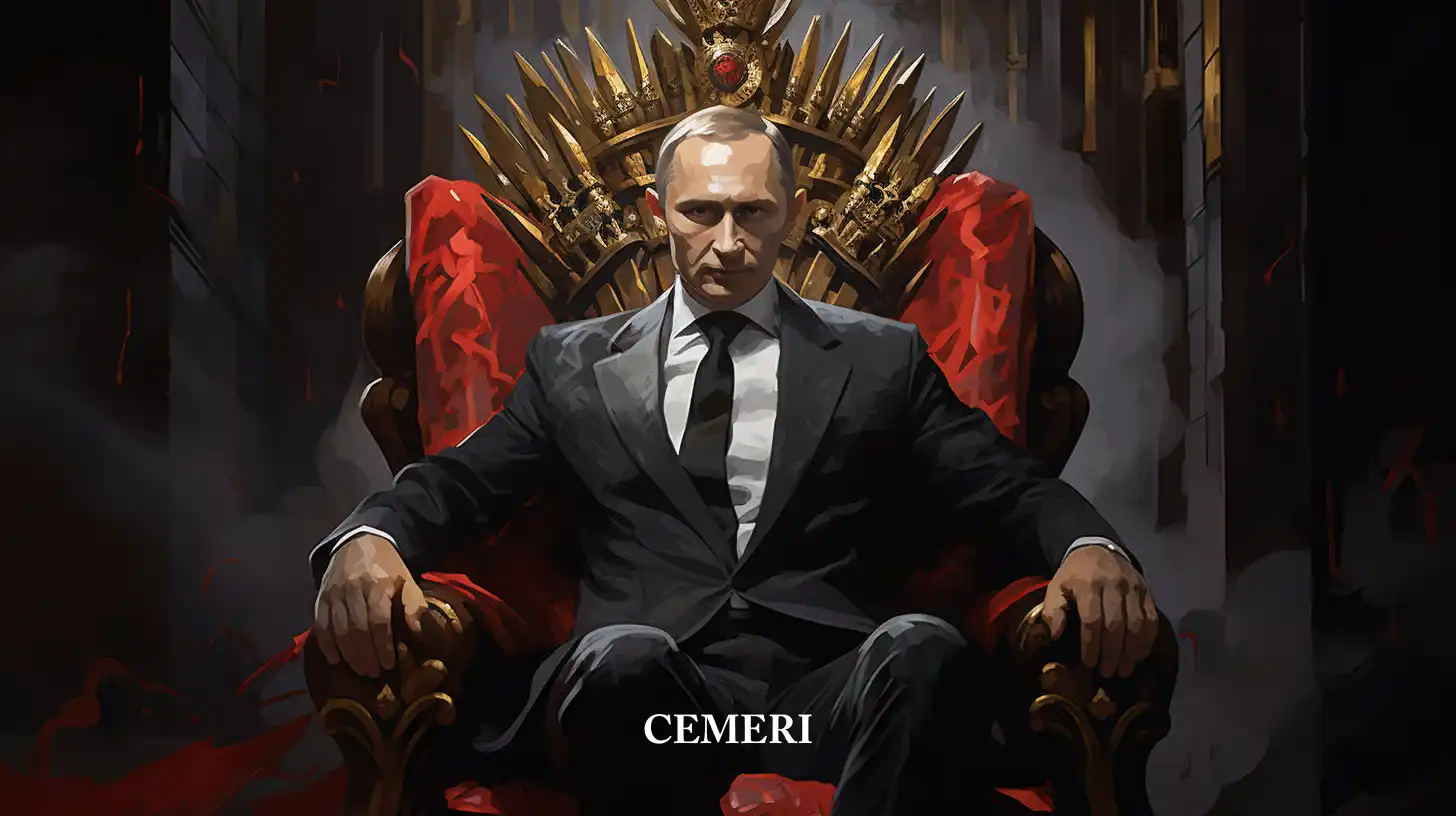Analysis
Jorge Silva
United in security – Towards a European mutual defense system?
- The weight of the United States within NATO continues to be decisive in the European Union. Will an emancipation in terms of security and defense be possible?

With the entry into force of the Treaty of Lisbon, in 2009, a new potential in terms of common security and defense arose for the European Union. Its objective is to generate cooperation mechanisms that allow preparing a better response to the emerging challenges and threats of international society in the 21st century.
However, the main obstacle is the lack of political will to break the dependency with the North Atlantic Treaty Organization (NATO) regarding security and collective defense issues. The best example of this dependence is stipulated in article 42.7 of the legal instrument.
“The commitments and cooperation in this field [security and common defense] will continue to conform to the commitments acquired within the framework of NATO, which will continue to be, for the Member States that are part of it, the foundation of their collective defense and the body that executes it”[1]
This clause predisposes that the European Union lacks an autonomous military structure and command that can exercise joint crisis management and response, or at least, without interference or extra-regional approval. What is the state of the dynamics between these two actors? How could a European Mutual Defense System work?
The costs of collective defense
The North Atlantic Treaty Organization (NATO) is the main European defense front as it includes 21 of the 28 members of the European Union. However, membership in the organization has two great particularities: its actions must be approved by the principle of unanimity and its members must contribute 2% of their Gross Domestic Product.
Both conditions are a source of multiple tensions between the conservative sectors of the United States and European countries since less than half of the Member States of the European Union, which belong to NATO, contribute 2%.
Source: Own elaboration with data from NATO. “The Secretary General’s Annual Report 2019”.
The only 7 States that do so are those that are closest to the border with Russia and, therefore, most exposed to military exercises in the Baltic Sea; territorial claims in Crimea and Russian enclaves like Kaliningrad.
Source: Own elaboration with data from “Defense Expenditure of NATO Countries (2013-2020)”.
The disparity in defense contributions has led to the United States having to contribute more than half of NATO's general budget. This gives great political weight to the United States, which, relying on the principle of unanimity, has promoted agendas that do not necessarily correspond to the interests of the region.
Clash of Visions
The truth is that the European Union scheme, based on the concept of human security, has focused the budgets of many of its members on issues such as refugee management, the climate crisis and rapid intraregional response.
Source: ECFR.
A situation that disagrees with the traditional security projection that the United States has of NATO and that has even historically been seen in situations such as: the Suez crisis of 1956, where the support of the United States remained absent; and the 1979 Afghanistan War, where Europe did not endorse sanctions directed at the Soviet Union.
In this way, we have on the one hand that the vision of the European Union on security and defense is directed towards crisis prevention and conflict management based on guaranteeing an agenda of objectives in food security, social security, access to resources, energy border, etc. A situation that is structured in the European Security and Defense Policy (ESDP) within the Common Foreign and Security Policy (CFSP).
On the other, NATO's vision is more proactive-aggressive or containment against actors or situations, such as Russia or the Middle East, which on multiple occasions has led to diplomatic, political and strategic tensions for Europe. The geopolitical situation of the European continent differs greatly from that of the United States, so its influence in setting the agenda entails much greater costs and risks for it.
Source: ECFR.
Some of the situations in which members of the European Union are disadvantaged or limited by their commitment to the organization are: the recent conflict between Greece and Turkey; American antagonism with China, Iran, and Russia; or the change of embassy in Israel.
An uncertain future
Although the possibility of seeing Europe emancipated from its security dependence on the United States is still distant. Perhaps factors such as the high costs that the US agenda has with NATO and the growing discrepancies between security concepts could lead to the construction of a true European Mutual Defense System.
Source: ECFR.
However, the lack of political will and internal fractures, such as the cases of Brexit and authoritarianism in Central Europe, will continue to be factors that will maintain the tendency to continue delegating this dimension of regional defense to an organization such as NATO. The drive for integration in this dimension must be based on internal conciliation, an expanded security scheme and an agenda from the members of the European Union themselves.
The transition towards autonomy in defense and security will be slow and will mean a whole new reform of the integration process as we know it. It may even be the missing step for the European Union to finish establishing itself as a pole of strong power and reduce tensions in Eastern Europe in the coming years.
[1] Treaty of Lisbon, December 13, 2007. https://eur-lex.europa.eu/resource.html?uri=cellar:2bf140bf-a3f8-4ab2-b506-fd71826e6da6 .0005.02/DOC_1&format=PDF
Sources
BFBS. “NATO: Which Countries Pay Their Share On Defence?”. Forces Net. 26 de octubre de 2018. https://www.forces.net/news/world/nato-which-countries-pay-their-share-defence
Ed Adamczyk. “10 países de la OTAN gastan ahora el 2% del PIB en defensa, según un informe”. United Press International. 21 de octubre de 2020. https://www.upi.com/Defense-News/2020/10/21/10-NATO-countries-now-spending-2-of-GDP-on-defense-report-shows/7731603295420/#:~:text=The%20total%20spent%20on%20defense,increase%20over%20the%20previous%20year.
NATO. “Defence Expenditure of NATO Countries (2013-2020)”. División de Diplomacia Pública. 21 de octubre de 2020. https://www.nato.int/nato_static_fl2014/assets/pdf/2020/10/pdf/pr-2020-104-en.pdf
NATO. “El secretario general de la OTAN analiza la situación en el Mediterráneo oriental con el presidente Erdogan”. Sala de Prensa. 23 de septiembre de 2020. https://www.nato.int/cps/en/natohq/news_178130.htm
NATO. “The Secretary General’s Annual Report 2019”. https://www.nato.int/nato_static_fl2014/assets/pdf/2020/3/pdf_publications/sgar19-en.pdf
Petr Boháček. “Las tensiones UE-OTAN apuntan a problemas transatlánticos”. Revista Europea de Seguridad. 19 de febrero de 2018. https://www.esjnews.com/eu-nato-tensions-transatlantic-troubles
Susi Dennison, Ulrike Franke y Pawel Zerka. “The nightmare of the dark: The security fears that keep Europeans awake at night”. European Council on Foreign Relations. 23 de julio de 2018. https://ecfr.eu/special/the_nightmare_of_the_dark_the_security_fears_that_keep_europeans_awake_at_n/

